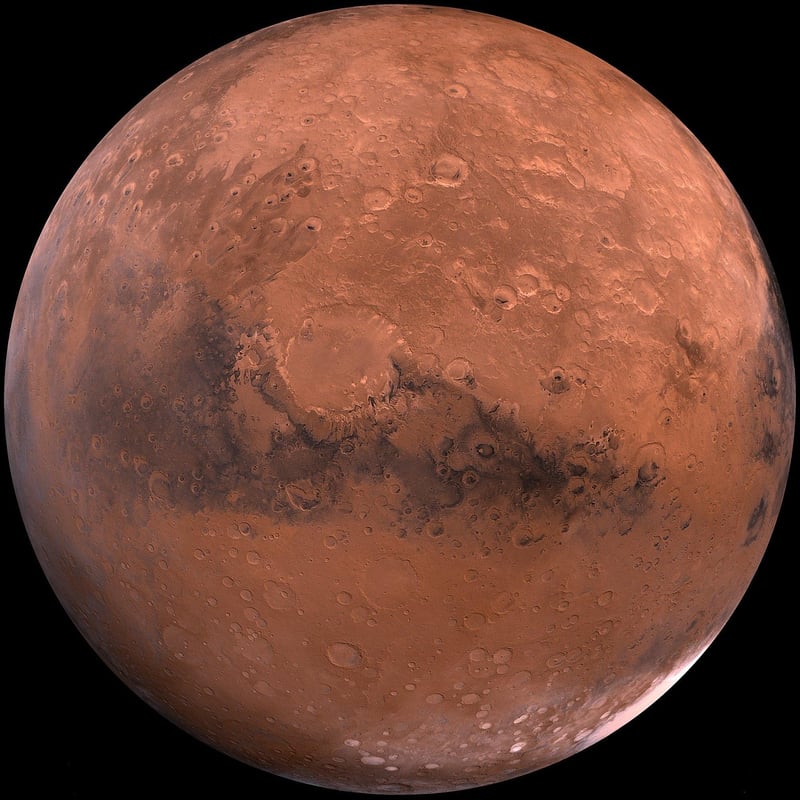Distant Planets
Exploring Diverse Time Zones and Distant Planets
Time Zones Around the World
Time zones play a crucial role in synchronizing activities across the globe. Each time zone is defined by its offset from Coordinated Universal Time (UTC) and can differ by whole hours. Let's take a journey through some of the most interesting time zones:
1. Greenwich Mean Time (GMT)
GMT is the time at the Prime Meridian (0° longitude) and serves as the reference point for all other time zones.

2. Pacific Time Zone (PT)
The PT zone covers the western United States and Canada, including cities like Los Angeles and Vancouver.

Exploring Distant Planets
While we navigate time zones on Earth, scientists are peering into the vastness of space to discover distant planets. Here are some intriguing exoplanets:
1. Kepler-452b
Located in the constellation Cygnus, Kepler-452b is often referred to as Earth's "cousin" due to its similarities in size and orbit.

2. TRAPPIST-1e
Part of the TRAPPIST-1 system, this exoplanet is located in the habitable zone and may contain liquid water on its surface.

Exploring time zones and distant planets opens our minds to the vastness of our world and the universe beyond. From the intricacies of Earth's timekeeping to the mysteries of exoplanets light-years away, there is always something fascinating to discover.
